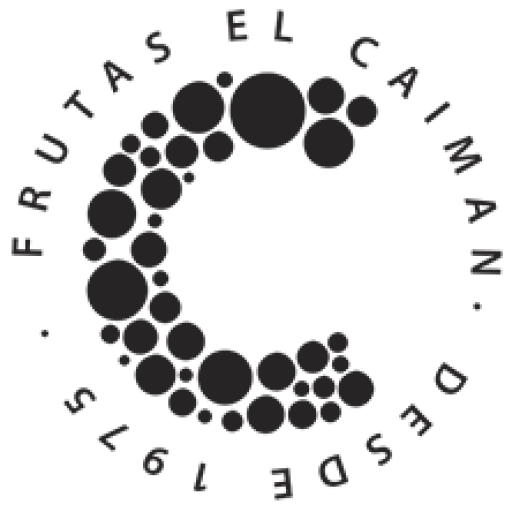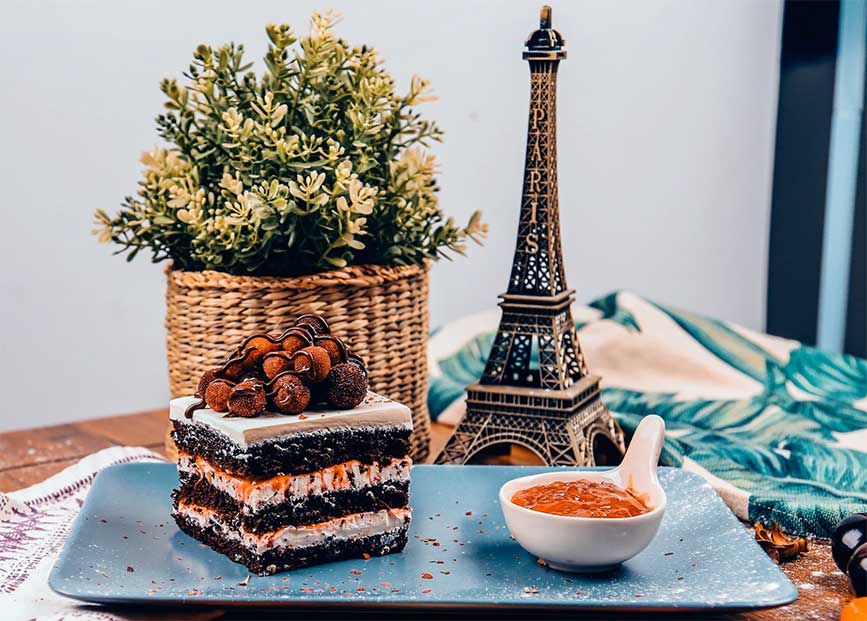Uncategorized
The Origin of Brunch
The word Brunch refers to a combination of desayuno y el almuerzo usually served during the late morning, but could extend until as late as 3 pm. It is a meal that brings together and replaces the traditional breakfast and hearty lunch. In fact the word BRUNCH is the abbreviation of the English terms “breakfast” and “lunch” which define breakfast and lunch respectively.
The origin of brunch
This meal that combines breakfast and lunch in one service, originated in England in the late 19th century., but became popular in the United States during the 1930s., presumably because Hollywood stars who frequently made long trips stopped over in Chicago for a final meal in the morning.
A supplement to the Oxford English Dictionary (1896) claims that the term was coined by Guy Beringer in Britain in 1895 to describe a meal eaten on Sundays by “Saturday night revellers”. But the origin of brunch has a social explanation.
Instead of the customary early English Sunday dinner, where, after church, heavy meats and savoury pies are served, why not a new meal, served around noon, that starts with tea or coffee, includes jams and other breakfast items? It would be to promote human happiness in other ways, the article also said.
Beringer also wrote that brunch “is for socialising. It improves mood, satisfies people with themselves and with each other, and sweeps away the worries of the whole week”.
Nowadays brunch is very widespread. It is common, for example, in schools and hostels, especially on Sundays and holidays. festivos. Buffets are often served with typical standard breakfast foods such as eggs, sausage, bacon, ham, fruit, pastries, pancakes, crepes, and the like.
The US Army also serves brunch in the dining facilities. They offer two breakfast options and lunch and are open from 09:00 until 13:00.
The brunch or the Sunday lunch (Dim Sum) is very popular in Chinese restaurants around the world. It is a variety of stuffed buns, dumplings, and other savoury or sweet foods that have been steamed, fried or baked. Customers pick up small portions from passing carts. It is usually eaten mid-morning, mid-day or mid-afternoon. An Eastern version of the Sunday lunch.
What does this Sunday lunch include?
Brunches are usually large meals, but they include different dishes, flavours and ingredients so that the diner can taste according to his or her preferences. Eggs cooked in various forms are always present, as well as breads in various presentations and cold meats such as ham, cheese, sausages and other cold cuts.
Sweets, cereals and jams may be present for those who opt for a lighter menu, but taking into account that this will be the only meal until dinner, these are complements to other foods.
Coffee as a synonym for breakfast is always present. Tea and natural juices are also present.
Recommendations
·Fruit is a must. Fresh and varied is a good option
·Assorted jams. The sweetest touch of a brunch that will contrast with the savoury dishes.
·The more varied the choice of breads, the more possibilities are offered to the diner. White, wholemeal, sweet, savoury, filled and toasted are the most basic. If you have guests with a particular culture or religion, don’t forget to include an alternative for them.
·We’re going to get a little ahead of ourselves but please, if possible, include eggs benedict. They are a New York breakfast classic.
·For drinks, it is suggested to include both hot or warm versions (coffee, tea or infusions) and cold drinks (fruit and vegetable juices). After 12 o’clock, spirits or alcoholic beverages such as beers and wines can be incorporated,
·Dairy has as many fans as detractors, but if you want a complete menu, serve it. Milk to go with coffee and cereal and if possible also yoghurt. It can be plain or flavoured with some fruit.
·Protein is the main course and is represented in brunches by cold meats and cheeses. Hams, sausages, sausages and fresh and matured cheeses.
·Sweets are included. Viennese pastries, cakes, tarts and French toast can be excellent choices. You can add muffins or muffins and also palmeritas, croissants and croissants for guests to combine as they like.
·And for those who prefer elaborate snacks, just add a tray of canapés, pâtés, pasapalos and even carpaccios.

